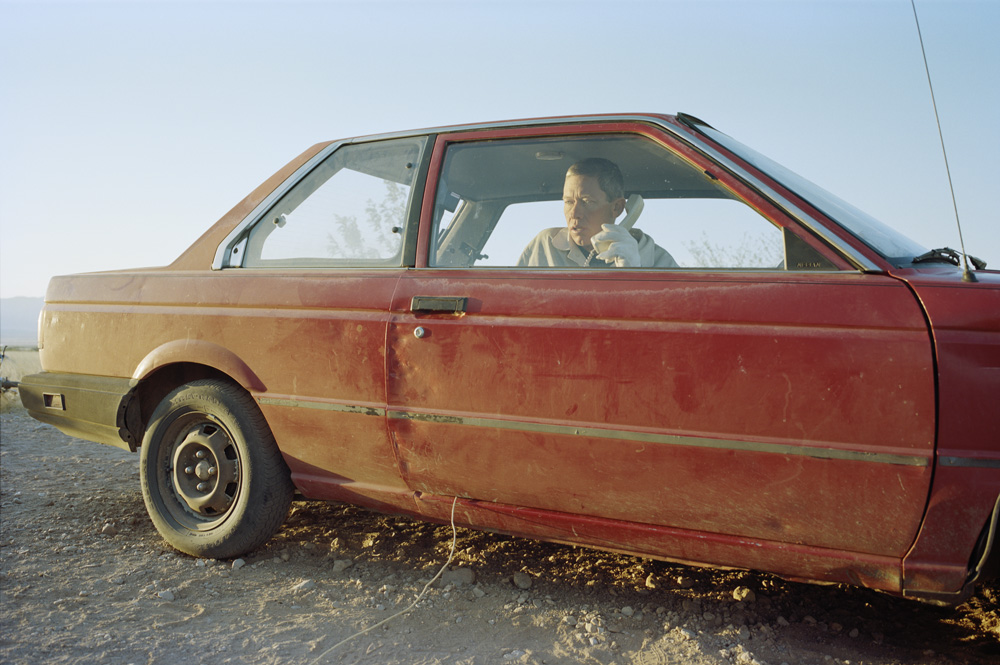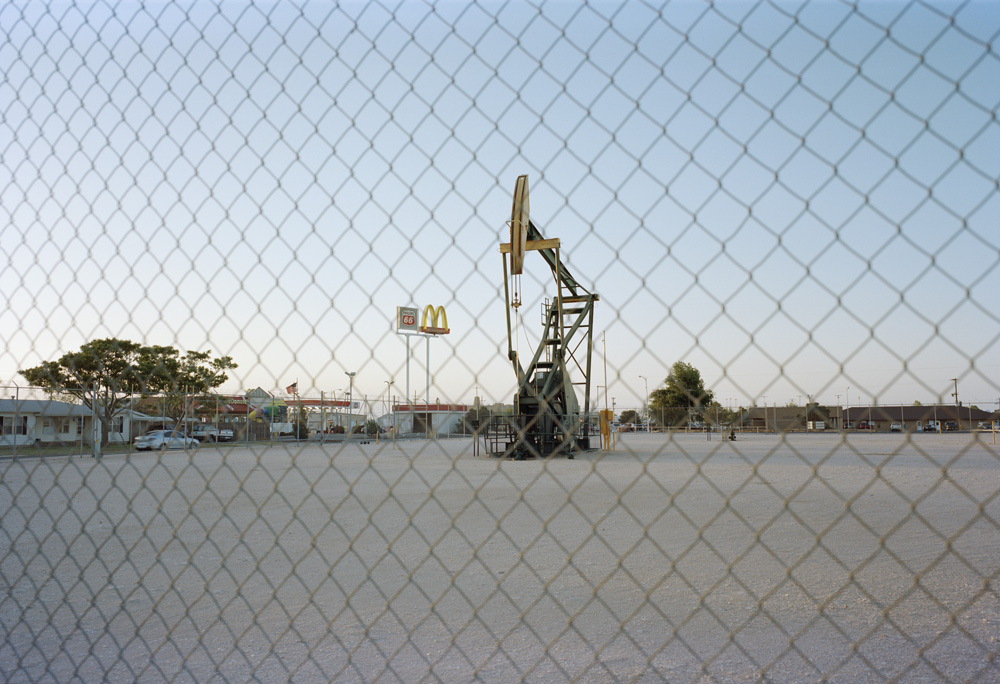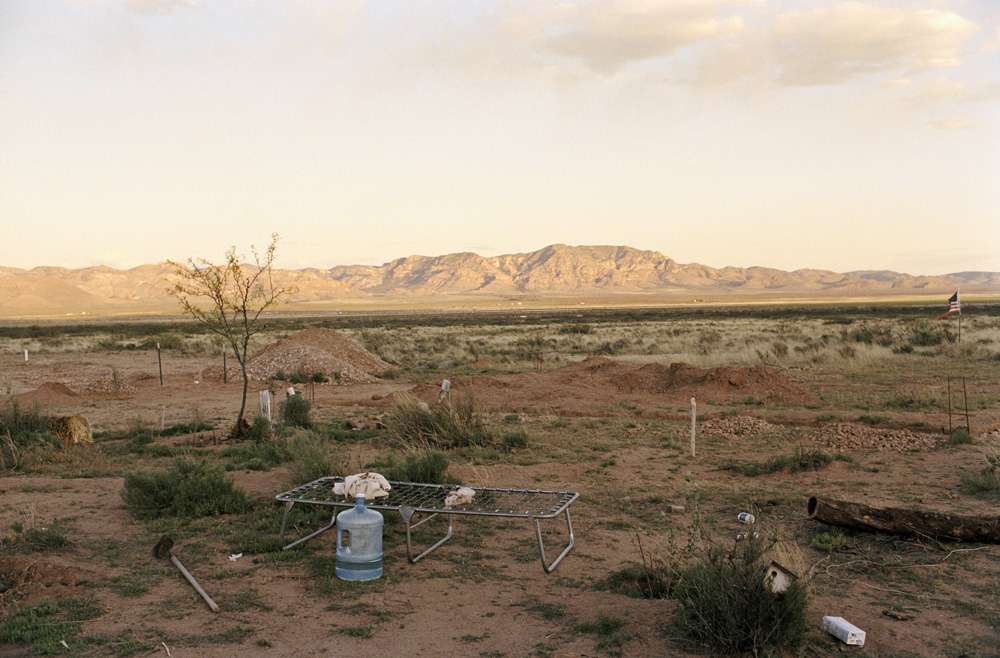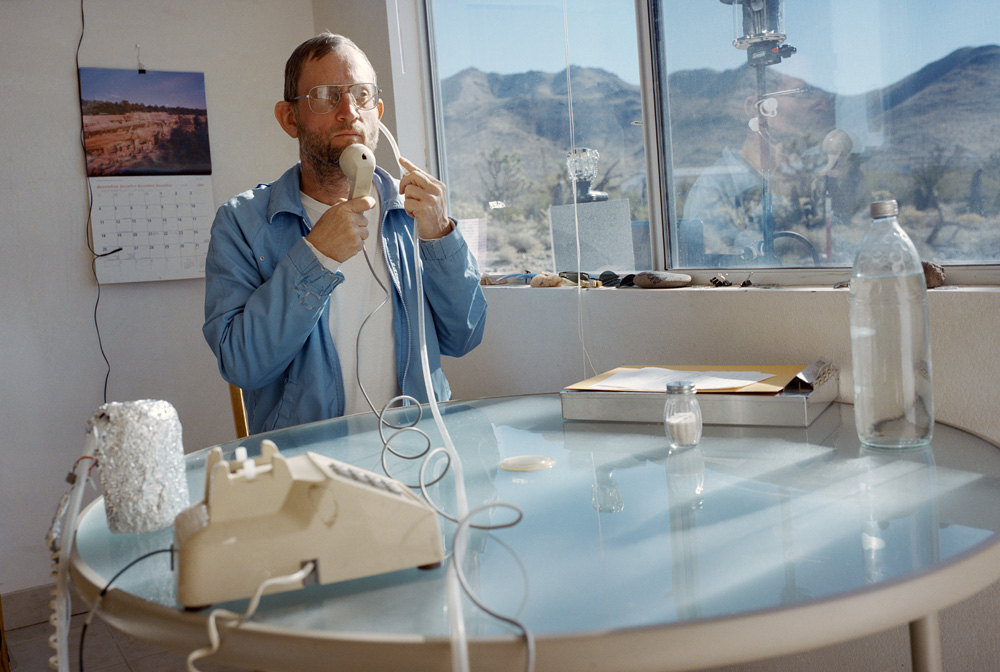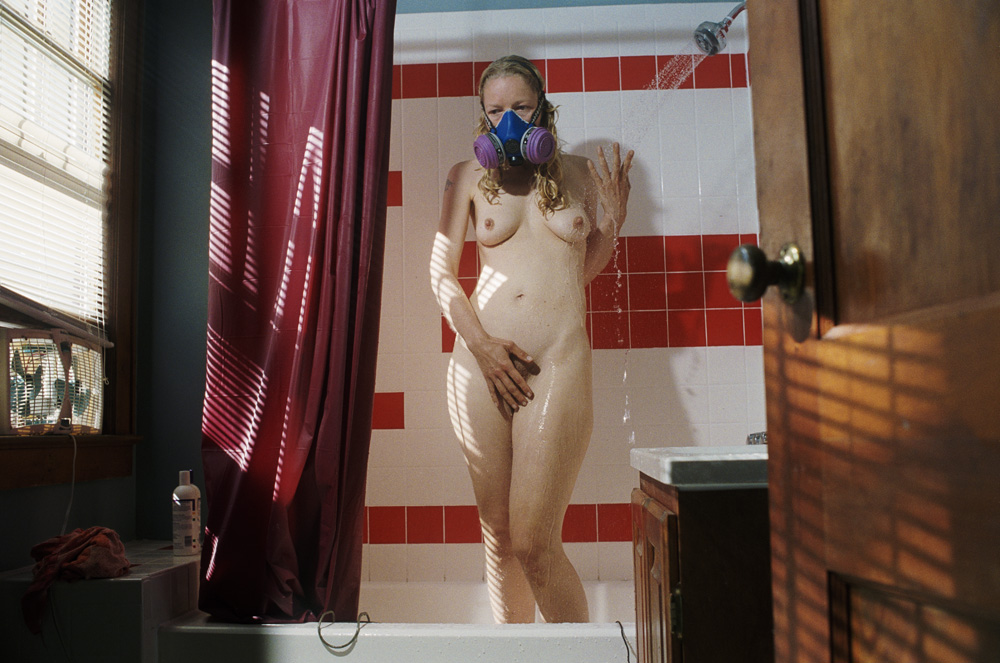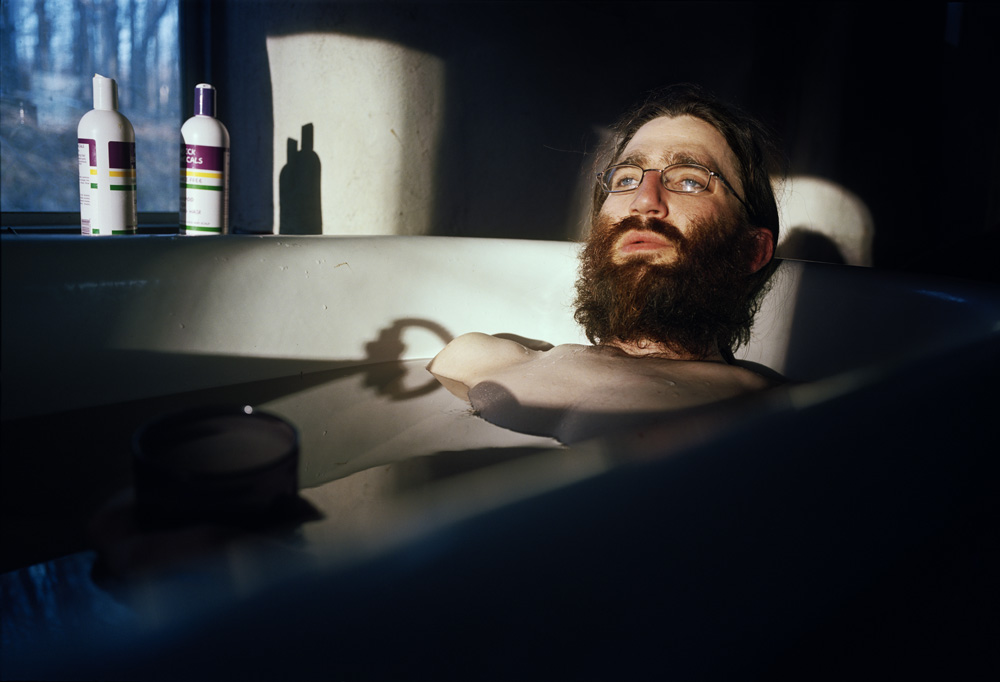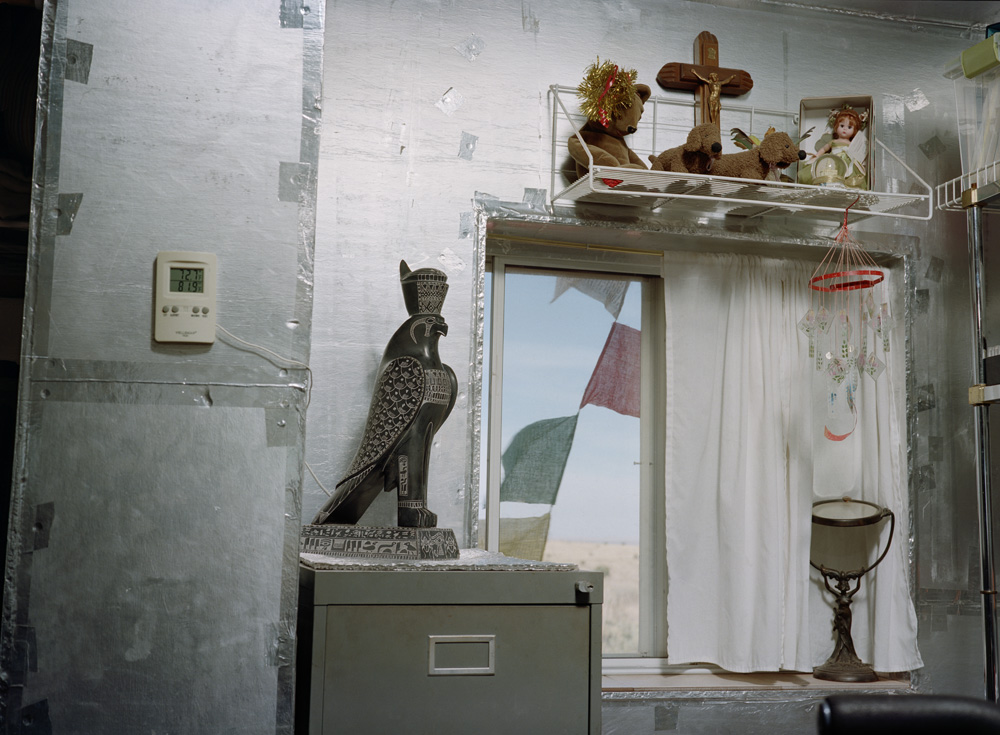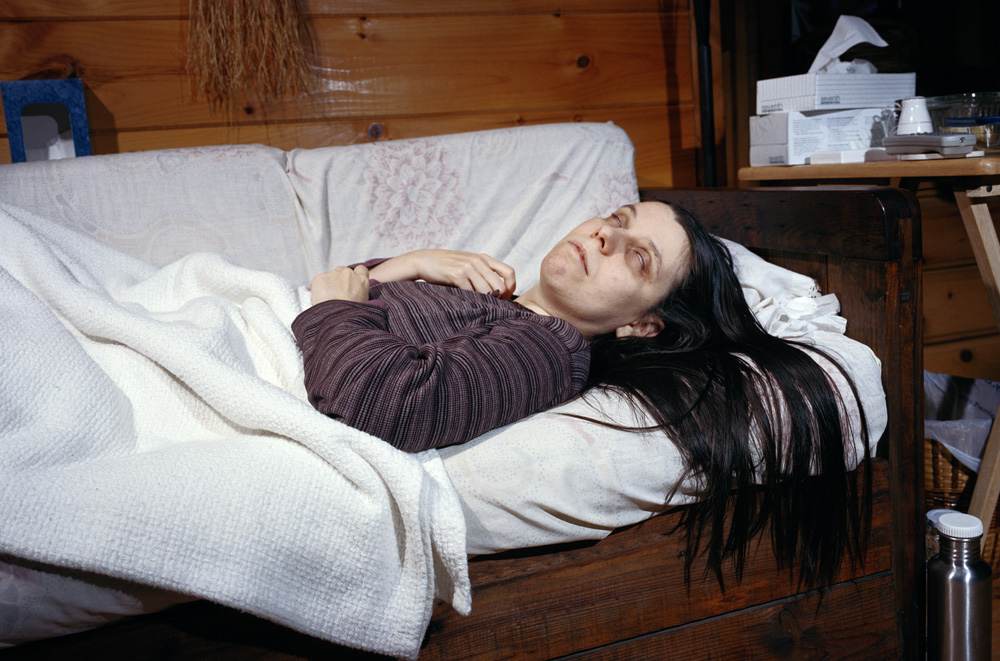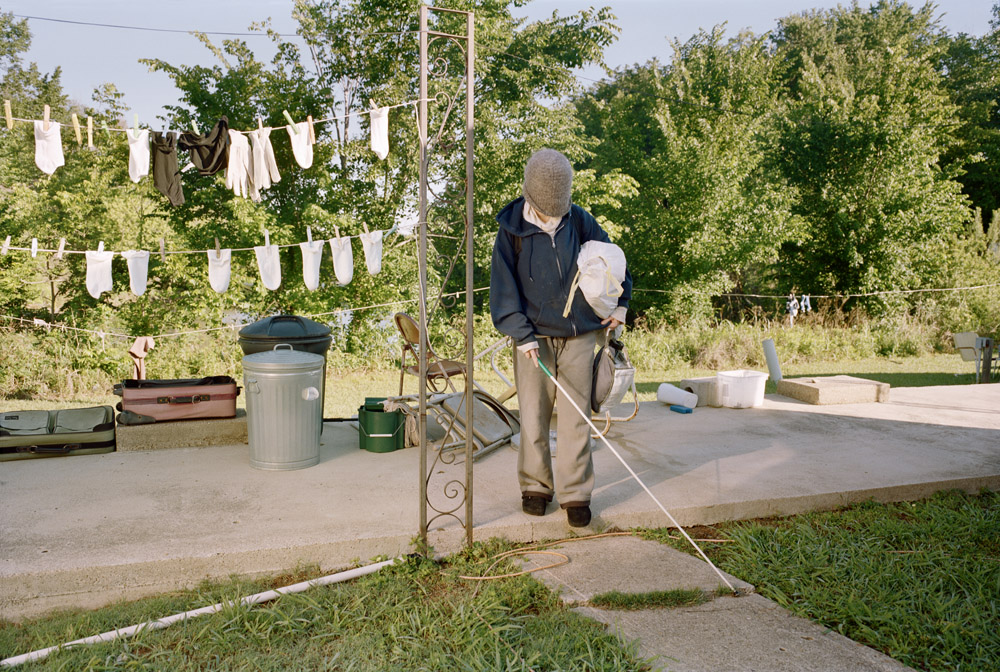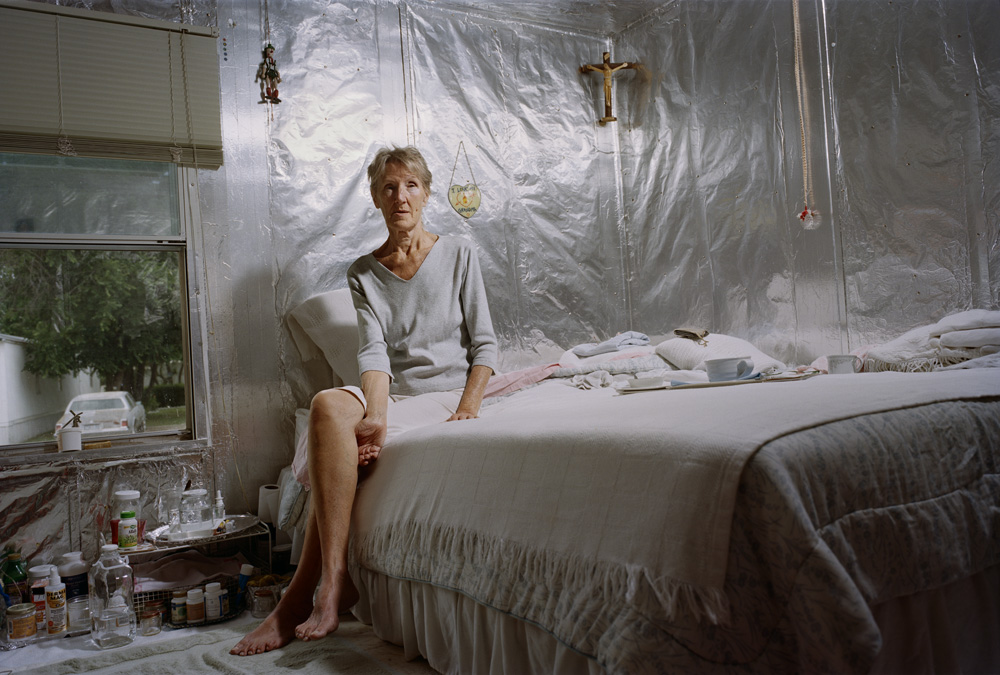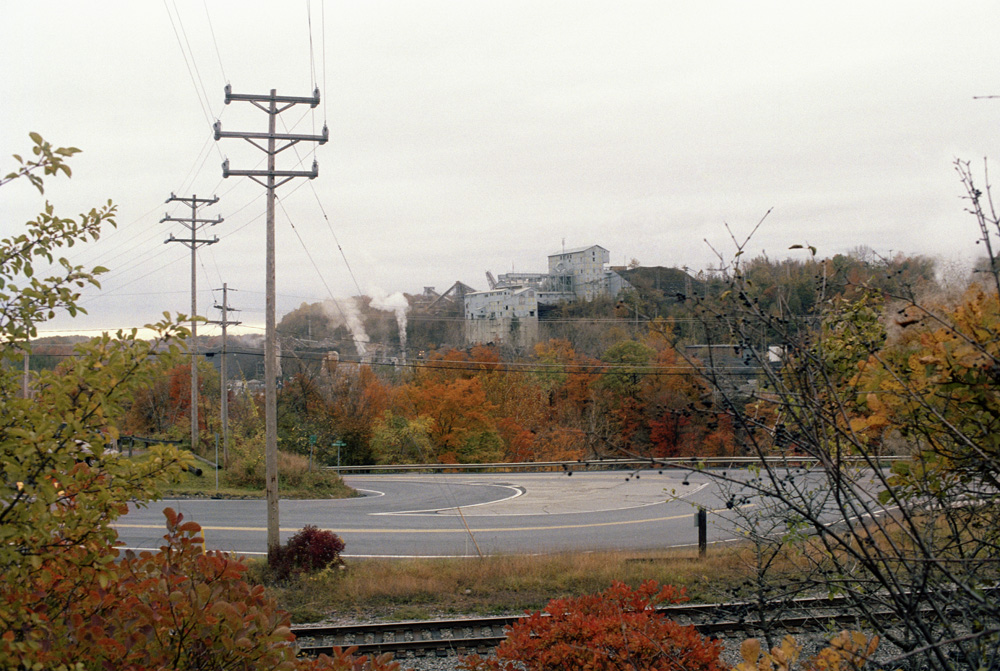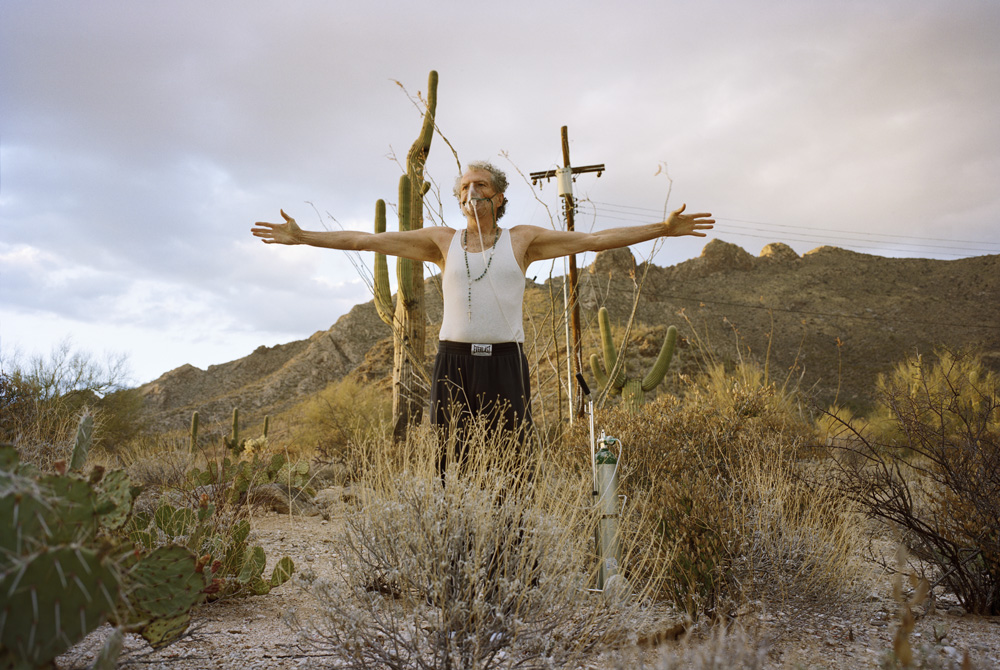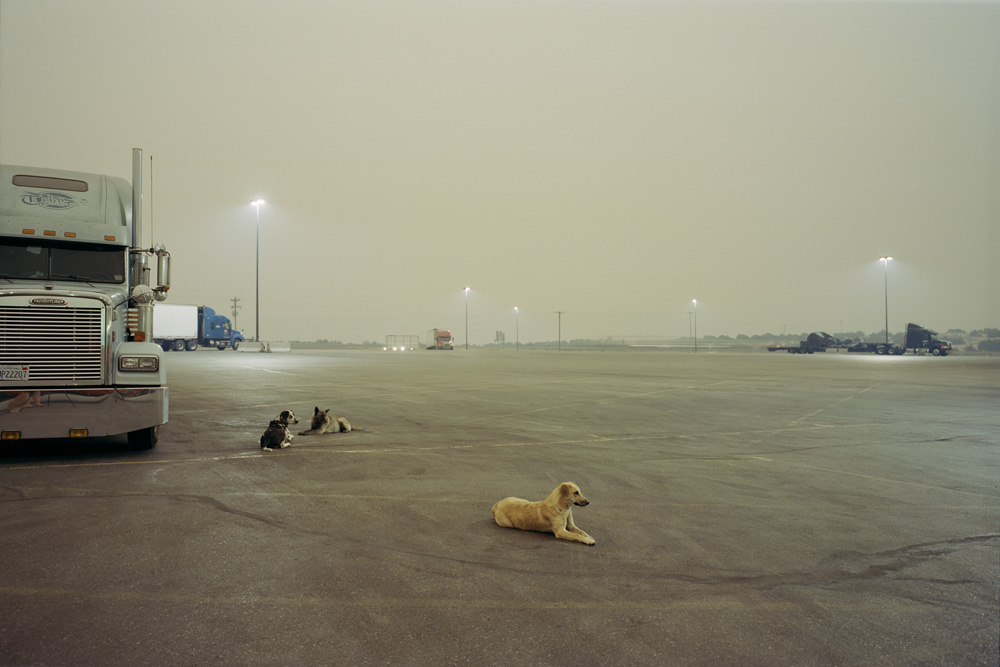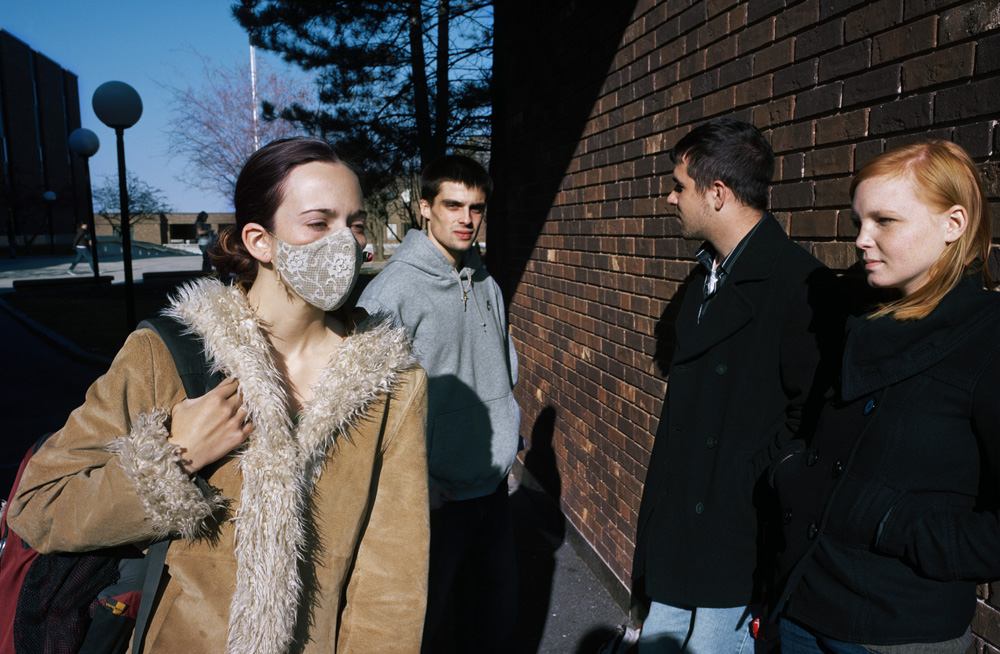PROJECT COMPETITION : Jurors' Statement
JURORS GREG HOBSON, Curator of Photographs, National Media Museum; PAUL MOAKLEY, Deputy Photo Editor, TIME Magazine; CHRISTOPHER STEIGHNER, Senior Editor, Rizzoli Publications
In the initial phase of our process we were faced with more than 700 diverse and interesting projects from all around the world - a daunting but ultimately very inspiring task. As a whole, the competition revealed a fascinating picture of what are the main concerns of our photographers today, what are the subjects valued for examination.
As we moved along, certain recurring themes emerged. Among them were some of today's most pressing: the aftermath of war and natural disasters in places such as Libya and Fukushima, humans' effect on the landscape, and migration forced by economic reasons. It was remarkable that though many projects reflected on the economic downturn that has touched so much of the world in recent years, there was still a humane and ultimately hopeful aspect that rose up through many of them. We saw many fresh and exciting bodies of work that revived well-trod themes by placing them in a new conceptual framework. With stunning results, quite a few artists worked within the home environment - some particularly focusing on how a family copes with illness within its midst. There were many entries that looked at areas that have long been in the midst of transition - especially the Caucasus, Eastern Europe, and the Middle East - but taking an innovative approach so that we might understand in a new way. It seems that almost suddenly many fewer people are concerned with the shift from film to digital, although there were a few artists who made use of historical techniques in order to reposition a subject. There was a noticeable lack of work done in the studio and seemed to be a move towards the outdoors or environmental settings. The majority of entries appeared to be documentary in some way, and those that rose to the top were naturally the ones that told stories in fresh, new ways. A number of projects used experimental processes but in most cases meaningful subject matter trumped pure aesthetic exercises in the end.
The works that reached the final rounds of the contest were distinguished by vision of integrity and consistency. The acknowledged projects as a group reflected the overall diversity that ran throughout all the entries. This group represents a veritable crossroads: Denmark, Mexico, the Netherlands, Spain, Sweden, the United Kingdom, and the United States. But despite where the work was made or the nationality of the photographer, what made for a winning project was that it explored universal themes. They had an international scope in some way and hit on issues that affect us all.
On the whole, we learned so much from this experience - a crash course in what's occupying people's minds today as well as in current developments of photographic practice.

